You searched for: 波蘭竞价开户【TG飞机:@bapingseo】河北區谷歌推廣【TG电报:@bapingseo】外貿推廣平臺價格多少【Telegram:@bapingseo】ag百家家官网od体育官网?8bMay0/9ClDh9.html
<< Previous | Displaying results 101-110 of 596 for "波蘭竞价开户【TG飞机:@bapingseo】河北區谷歌推廣【TG电报:@bapingseo】外貿推廣平臺價格多少【Telegram:@bapingseo】ag百家家官网od体育官网?8bMay0/9ClDh9.html" | Next >>
-
Jehuda Lejb Lubinski (Lolek Lubinski)
ArticleYoung people's diaries bear witness to some of the most heartbreaking experiences of the Holocaust. Learn about the diary and experiences of Lolek Lubinski
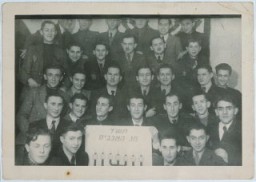
-
Rudolf Hess
ArticleBrief overview of the charges against Rudolf Hess, one of the leading German officials tried during the International Military Tribunal at Nuremberg.

-
Judging War Crimes Today
ArticleThomas Buergenthal's experiences as Holocaust survivor and international judge shape his unique perspective on judging war crimes today and justice after genocide.
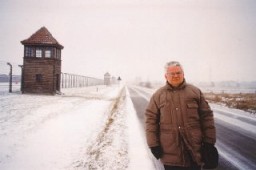
-
Sigrid Undset
ArticleSigrid Undset was a Norwegian author who won the Nobel Prize for Literature. In part because of her criticism of the Nazi regime, her work was burned in 1933.
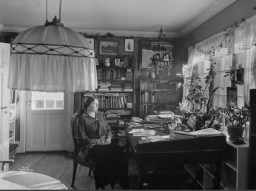
-
Young children in the Stuttgart displaced persons camp
PhotoElementary school-age members of Hashomer Hatzair in the Stuttgart displaced persons camp, circa 1946–1949. Lova Warszawczyk is standing in the center.
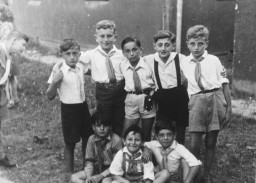
-
Magda Rein
ID CardMagda was the oldest of two children born to observant Jewish parents. They lived in Satoraljaujhely, a town in northeastern Hungary on the Czechoslovakian border. Jews represented some 20 percent of the town's approximately 18,000 persons. Magda's father owned a bakery; her mother was a midwife. 1933-39: At 10 years of age, Magda began accompanying her mother when she attended to births nearby. Her mother helped all women--Jews, Roma (Gypsies) and peasants in the surrounding villages. When Magda was 12,…

-
Mendel Rozenblit
ID CardMendel was one of six children born to a religious Jewish family. When Mendel was in his early 20s, he married and moved with his wife to her hometown of Wolomin, near Warsaw. One week after the Rozenblits' son, Avraham, was born, Mendel's wife died. Distraught after the death of his young wife and left to care for a baby, Mendel married his sister-in-law Perele. 1933-39: In Wolomin Mendel ran a lumber yard. In 1935 the Rozenblits had a daughter, Tovah. When Avraham and Tovah were school age, they began…

-
Betty Leiter Lauchheimer
ID CardBetty was one of 14 children born to a religious Jewish family in Aufhausen, a village in southwestern Germany. Her father was a successful cattle dealer in the area. On May 8, 1903, at age 20, Betty married Max Lauchheimer, a cattle merchant and kosher butcher. They lived in a large house by an orchard in the village of Jebenhausen. Betty and Max had two children, Regina and Karl. 1933-39: In late 1938 Betty and Max were visiting their daughter in Kippenheim when police arrested Max and their son-in-law.…
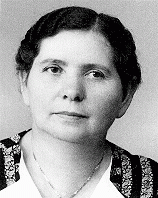
-
Moses Rechnitz
ID CardThe younger of two children, Moses was born to Jewish parents living in the southwestern Polish town of Bedzin. When he was 7, his family moved to the nearby city of Katowice where his father had a wholesale leather business. The Rechnitzes lived in a three-bedroom, upper-floor apartment on Jordana Street. Moses attended a Polish elementary school and also received religious instruction. 1933-39: In secondary school, Moses was one of the only Jewish pupils. He first encountered antisemitism when a teacher…
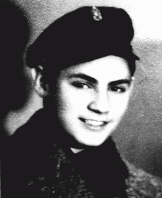
-
Leopold Page describes meeting German industrialist Oskar Schindler
Oral HistoryLeopold was a teacher in Krakow, Poland, when World War II began in 1939. While serving in the Polish army, he was captured by Germans. Leopold escaped from a prisoner-of-war transport. Soon after, he met the German industrialist Oskar Schindler. The two became friends. Leopold was forced to live in the Krakow ghetto. He later worked in Schindler's factory in Bruennlitz. He and the other Jews who worked there were treated relatively well and protected from the Nazis. After the war, Leopold moved to the…

